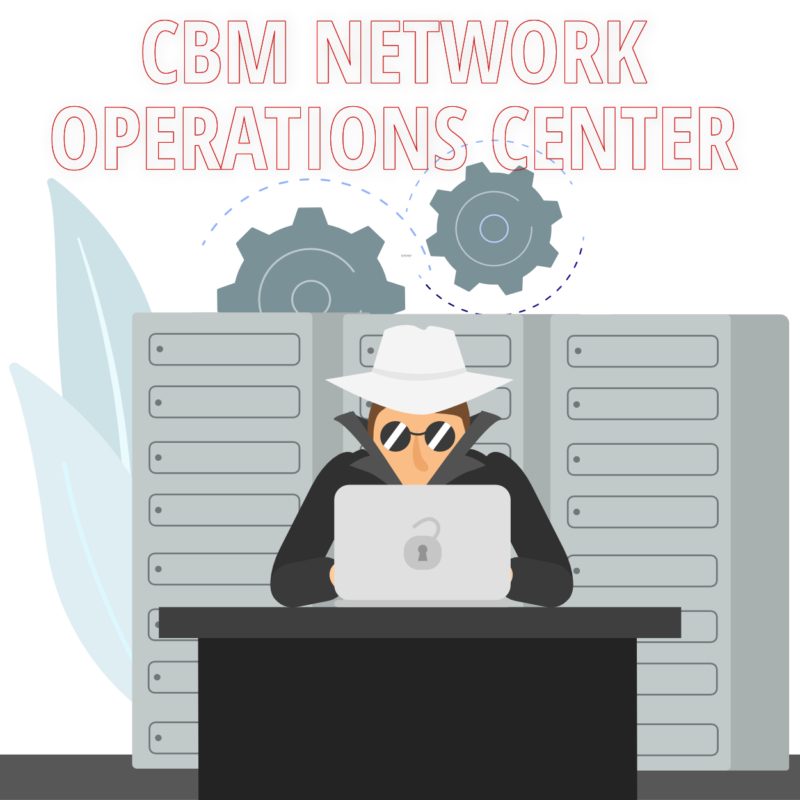Is your company ready to ramp up its cybersecurity but you don’t know the next step to take? CBM Technology can help with our Vulnerability Assessment, a comprehensive cybersecurity audit that will probe your security infrastructure from both inside and out. Our assessment is the perfect starting point if you need:
- to meet a specific security compliance to maintain or attract new business;
- an audit of your current services;
- a second opinion of your cybersecurity posture.
Whether you’re a small business embarking on your cybersecurity journey or an established company with a cybersecurity plan, a third-party Vulnerability Assessment from CBM Technology is a valuable tool. The assessment will establish your company’s cybersecurity baseline, measure it against established best practices, identify the highest priority issues to address first, and help build a customized roadmap to fit your specific cybersecurity needs.
We’re the Experts


SOC 2® Type 2 Certification
2022 Top-250 MSSPs
CBM Technology is a Managed Security Service Provider that has been providing IT and cybersecurity solutions for 50 years. We were named one of the world’s top 250 MSSPs for four years running by MSSPAlert and are SOC2 Type 2 accredited by the AICPA. You can trust CBM Technology’s decades of experience across many industries with businesses of all sizes. We’re the experts for all of your cybersecurity, managed IT services, and compliance needs.
The Assesment
Someone will test the strength of your company’s cybersecurity, and you’d much rather it be us than the bad guys. We check your network against the Common Vulnerabilities and Exposures (CVE) system, a list of publicly known cybersecurity threats that is backed by the Department of Homeland Security, as well as using our own tools to scan your system from the inside and out.
External Vulnerability Scanning
To put it simply: we try to break into your system. From our CBM Network Operations Center, we take the role of hacker and try to infiltrate your network via the internet. We know their vectors of attack, so we scan your company’s IP addresses to search for ways through your firewall and identify any potential security gaps that can be exploited.

Internal Vulnerability Scanning
Cybersecurity is a cat and mouse game, and sometimes the mouse manages to get inside despite closed and locked doors. Our internal scanning analyzes what would happen if an attacker manages to breach your security and get into your network. We provide a security appliance that connects to your internal network that will analyze each level of security between your data and the open internet.
The internal scan covers your entire network including your Active Directory, one of the most sensitive parts of any network. An infiltrator with access to the Active Directory can gain extensive control to access and infect many parts of the network.
The Final Report
CBM Technology’s cybersecurity experts will analyze the data collected from the internal and external scans, producing a full report of our findings and recommendations for highest priority issues. It will include the methods used in the assessment, a discussion of the findings, and a full review of our recommended roadmap for closing security gaps.
The report will also include a roadmap for a better security posture over time so that your company can budget appropriately. Our team of consultants will collaborate with you to find the right balance of investment and protection.
Contact CBM Technology to learn more about our Vulnerability Assessment, and get on the path to true cybersecurity maturity.










